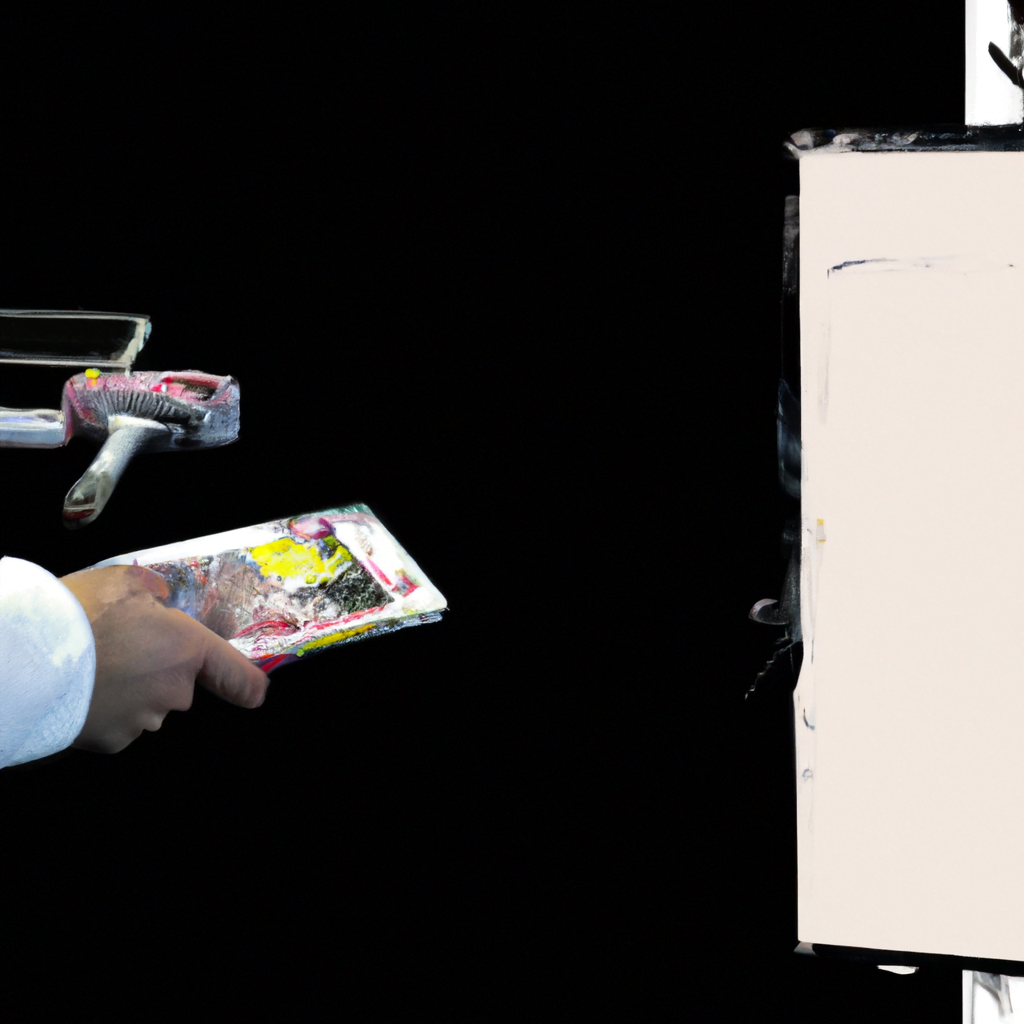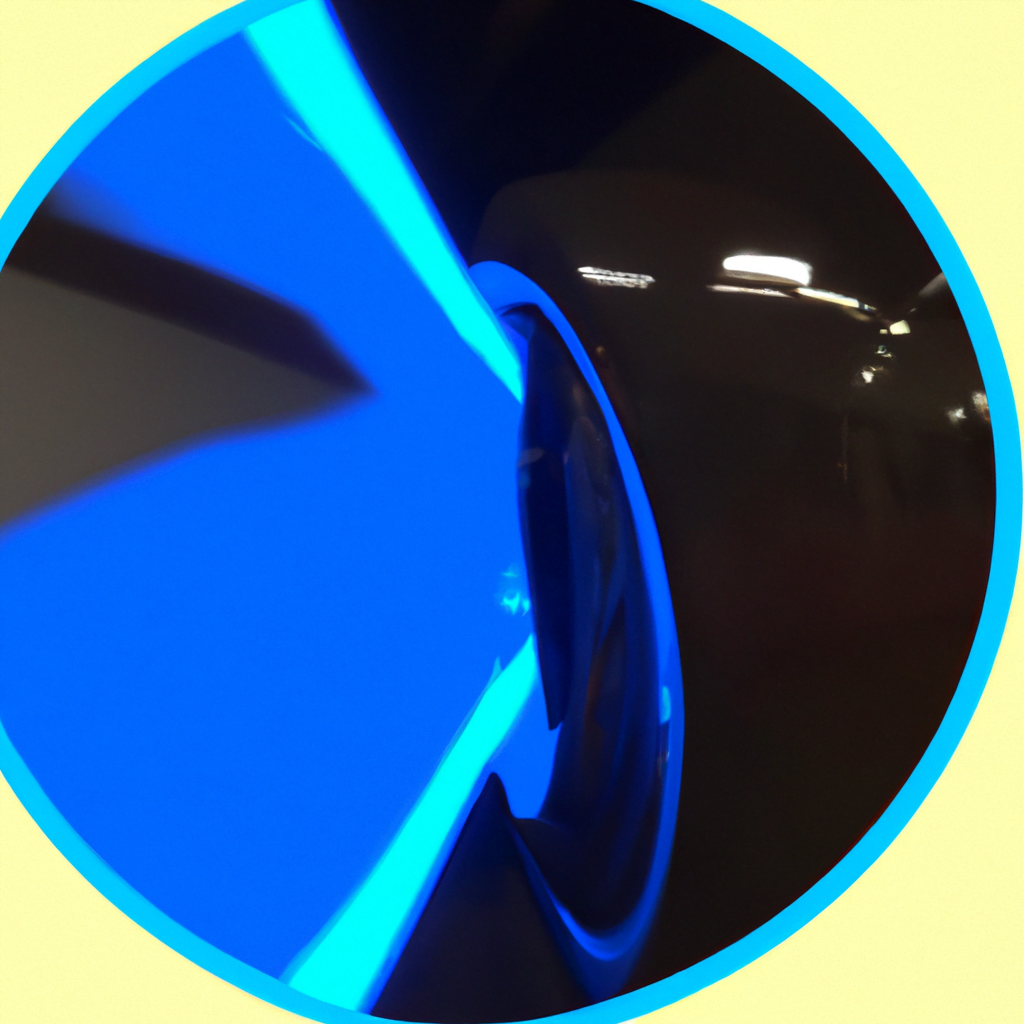
Illustrating for Automotive Design: Bringing Cars to Life

Automotive design is a complex and multifaceted field that requires a combination of technical skill, creativity, and attention to detail. One crucial aspect of automotive design is illustration, which plays a vital role in bringing cars to life. In this article, we will explore the importance of illustrating for automotive design and how it contributes to the overall design process.
The Role of Illustration in Automotive Design
Illustration serves as a visual language that allows designers to communicate their ideas effectively. In the context of automotive design, illustrations help designers convey the form, proportions, and details of a vehicle before it is physically built. They serve as a bridge between the designer’s imagination and the final product.
Illustrations in automotive design can take various forms, including sketches, renderings, and digital drawings. Each type of illustration serves a specific purpose and is used at different stages of the design process. Sketches are often the starting point, allowing designers to quickly explore different ideas and concepts. Renderings, on the other hand, provide a more detailed and realistic representation of the final design.
One of the primary goals of automotive illustration is to evoke an emotional response from the viewer. A well-executed illustration can make a car look dynamic, powerful, and desirable. It can capture the essence of a brand and create a strong visual identity. By using various techniques such as shading, perspective, and color, illustrators can bring cars to life on paper or screen.
The Evolution of Automotive Illustration
Automotive illustration has come a long way since its early days. In the past, designers relied heavily on traditional techniques such as hand-drawn sketches and paintings. These methods required a high level of skill and precision, as any mistakes or inaccuracies were difficult to correct.
With the advent of digital technology, the field of automotive illustration has undergone a significant transformation. Designers now have access to powerful software tools that allow them to create highly realistic and detailed illustrations. Digital rendering has become an integral part of the design process, enabling designers to visualize their ideas in a virtual environment.
Furthermore, the rise of 3D modeling and virtual reality has revolutionized the way cars are designed and illustrated. Designers can now create virtual prototypes and explore them from every angle, giving them a better understanding of how the final product will look and feel. This level of realism and interactivity was unimaginable in the early days of automotive design.
The Importance of Collaboration
Illustration in automotive design is not a solitary endeavor. It requires close collaboration between designers, engineers, and other stakeholders. Illustrators need to work closely with the design team to understand their vision and translate it into visual form.
Collaboration is particularly crucial when it comes to creating concept cars. Concept cars are often used to showcase a brand’s future direction and innovation. They push the boundaries of design and technology, and their illustrations need to reflect that. By working together, designers and illustrators can create compelling visuals that capture the essence of a concept car.
Moreover, collaboration extends beyond the design team. Illustrators often work closely with marketing and advertising teams to create promotional materials and campaigns. These materials play a vital role in shaping the public’s perception of a car and can significantly impact its success in the market.
Case Studies: The Power of Illustration in Automotive Design
Several case studies highlight the impact of illustration in automotive design. One notable example is the Tesla Model S. The Model S was unveiled to the public through a series of stunning illustrations that showcased its sleek design and cutting-edge technology. These illustrations generated significant buzz and anticipation, contributing to the car’s success.
Another case study is the Audi R8. Audi used illustrations to create a sense of excitement and exclusivity around the R8. The car was depicted in various dynamic poses, highlighting its performance and aerodynamic design. These illustrations helped position the R8 as a high-performance sports car and contributed to its strong market presence.
The Future of Automotive Illustration
As technology continues to advance, the future of automotive illustration looks promising. Virtual reality and augmented reality are likely to play a more significant role in the design process, allowing designers and illustrators to create immersive experiences and test their ideas in a virtual environment.
Furthermore, advancements in artificial intelligence and machine learning may revolutionize the way illustrations are created. AI-powered tools can assist illustrators in generating realistic renderings and exploring design variations quickly. This can significantly speed up the design process and free up time for designers to focus on more creative aspects.
Key Takeaways
- Illustration plays a crucial role in automotive design, allowing designers to communicate their ideas effectively.
- Automotive illustration has evolved with the advent of digital technology, enabling designers to create highly realistic and detailed renderings.
- Collaboration between designers, engineers, and other stakeholders is essential for successful automotive illustration.
- Case studies demonstrate the power of illustration in shaping the perception and success of cars.
- The future of automotive illustration holds exciting possibilities, including virtual reality, augmented reality, and AI-powered tools.
In conclusion, illustrating for automotive design is a vital and dynamic field that brings cars to life. Through various forms of illustration, designers can effectively communicate their ideas, evoke emotions, and shape the perception of a car. As technology continues to advance, the future of automotive illustration looks promising, with new tools and techniques on the horizon. By understanding the importance of illustration and embracing its potential, automotive designers can create compelling and innovative designs that captivate audiences worldwide.
